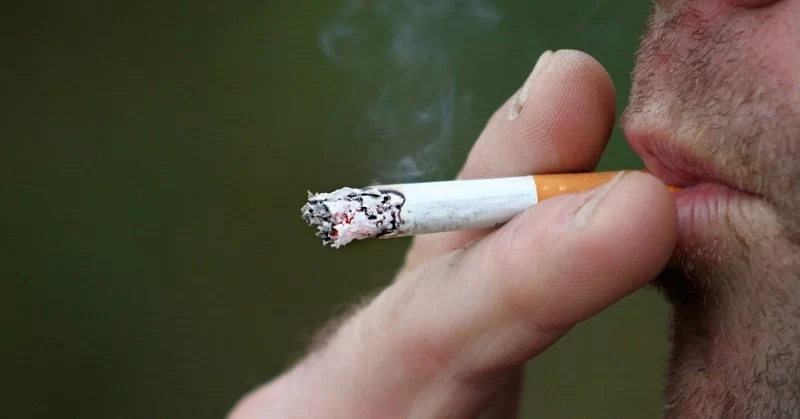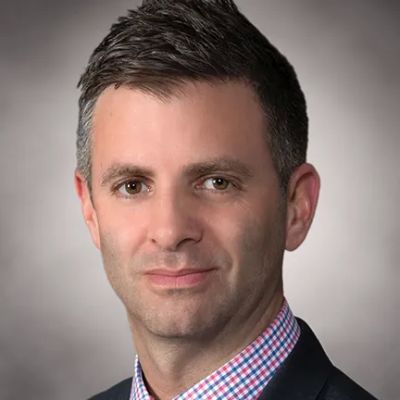- 1 - Understanding the Hidden Dangers of Secondhand Smoke
- 2 - How Secondhand Smoke Affects Different Age Groups
- 3 - Common Places Where Secondhand Smoke Is a Threat
- 4 - Strategies to Protect Yourself and Your Loved Ones
- 5 - Real-Life Stories That Highlight the Risks
- 6 - Taking a Proactive Approach with Health Professionals
1 - Understanding the Hidden Dangers of Secondhand Smoke
Secondhand smoke, often called passive smoke, is a combination of the smoke exhaled by a smoker and the smoke released from the burning end of a cigarette. What many people don’t realize is that it contains more than 7,000 chemicals, hundreds of which are toxic, and at least 70 are known to cause cancer. Even brief exposure can harm the cardiovascular system and respiratory health, making it a silent but serious public health concern.

2 - How Secondhand Smoke Affects Different Age Groups
The impact of secondhand smoke varies by age and health condition. Children exposed to it are at higher risk for asthma attacks, ear infections, and sudden infant death syndrome (SIDS). Adults may experience worsened heart disease symptoms, increased stroke risk, and aggravated respiratory conditions. For seniors and those with compromised immune systems, the effects can be even more severe due to reduced lung capacity and slower recovery from illness.
3 - Common Places Where Secondhand Smoke Is a Threat
While public awareness has led to smoking bans in many places, secondhand smoke exposure still happens in homes, cars, outdoor patios, and multi-unit housing complexes. Ventilation and open windows do not eliminate the risks—particles can linger in the air and on surfaces for hours. Understanding these hotspots is the first step in creating a safer environment for your family.
4 - Strategies to Protect Yourself and Your Loved Ones
To minimize exposure, establish smoke-free rules for your home and car. Politely ask visitors and family members to smoke outside and far from open doors or windows. If you live in shared housing, consider using air purifiers and sealing gaps where smoke might enter. Support local smoke-free policies to protect public spaces, and encourage smokers in your circle to seek cessation programs. HeartCare Hub can connect you with trusted resources for both prevention and smoking cessation support.
5 - Real-Life Stories That Highlight the Risks
One case that gained media attention involved a young child who developed chronic bronchitis due to living with a parent who smoked indoors. Once the home became smoke-free, the child’s health improved significantly within months. Another example comes from a workplace study where employees exposed to secondhand smoke in break areas reported fewer respiratory symptoms after a complete indoor smoking ban was enforced.
6 - Taking a Proactive Approach with Health Professionals
Regular health check-ups are essential for early detection of smoke-related health issues. Physicians can perform lung function tests, monitor cardiovascular health, and provide personalized strategies for reducing exposure. For families with vulnerable members, discussing secondhand smoke risks with a healthcare provider ensures everyone understands the dangers and knows how to take protective measures.






















Arsen Hovanesyan, M.D.
honest cardiology
2525 Honolulu Ave, Montrose, CA 91020, USA